The Secrets of Mozart’s
“Magic Flute”
Die Zauberflöte

Joshua Borths
The Magic Flute (German: Die Zauberflöte), K. 620, is an opera in two acts by Wolfgang Amadeus Mozart to a German libretto by Emanuel Schikaneder.
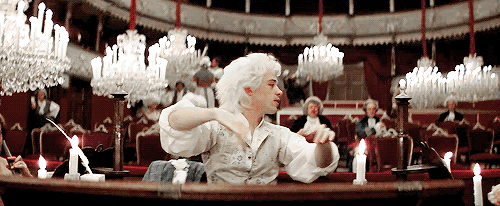 The work is in the form of a Singspiel, a popular form that included both singing and spoken dialogue.
The work is in the form of a Singspiel, a popular form that included both singing and spoken dialogue.
The work premiered on 30 September 1791 at Schikaneder's theatre, the Freihaus-Theater auf der Wieden in Vienna, just two months before the composer's premature death.
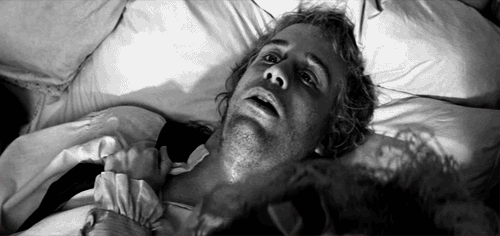 In the opera the Queen of the Night persuades Prince Tamino to rescue
her daughter Pamina from captivity under the high priest Sarastro;
instead, he learns the high ideals of Sarastro's community and seeks to
join it.
In the opera the Queen of the Night persuades Prince Tamino to rescue
her daughter Pamina from captivity under the high priest Sarastro;
instead, he learns the high ideals of Sarastro's community and seeks to
join it.
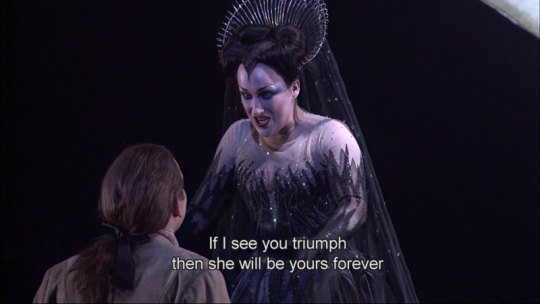 Separately, then together, Tamino and Pamina undergo severe trials of initiation, which end in triumph, with the Queen and her
cohorts vanquished. The earthy Papageno, who accompanies Tamino on his quest, fails the trials completely but is rewarded anyway with the hand of his ideal female companion Papagena.
Separately, then together, Tamino and Pamina undergo severe trials of initiation, which end in triumph, with the Queen and her
cohorts vanquished. The earthy Papageno, who accompanies Tamino on his quest, fails the trials completely but is rewarded anyway with the hand of his ideal female companion Papagena.
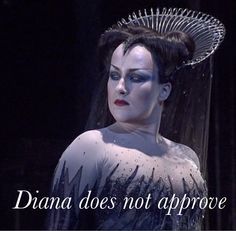




Mozart
Die Zauberflöte
👇 📺 👇




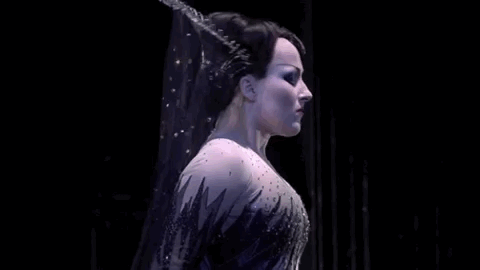
Mozart - Die Zauberflöte
Century's recording
Sir Thomas Beecham 1937 / Remastered
👇 📺 👇




Diana Damrau
The Queen of the Night Aria

The Magic Flute and Freemasonry
The Magic Flute is noted for its prominent Masonic elements, although some scholars claim that the Masonic influence is exaggerated.
Schikaneder and Mozart were Masons as was Ignaz Alberti, engraver and printer of the first libretto. The opera is also influenced by Enlightenment philosophy, and can be regarded as an allegory advocating enlightened absolutism.
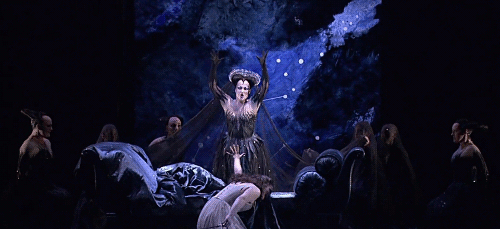 The Queen of the Night represents a dangerous form of obscurantism or, according to some, the anti-Masonic Roman Catholic Empress Maria Theresa, or, according to others, the contemporary Roman Catholic Church itself, which was also strongly anti-Masonic.
The Queen of the Night represents a dangerous form of obscurantism or, according to some, the anti-Masonic Roman Catholic Empress Maria Theresa, or, according to others, the contemporary Roman Catholic Church itself, which was also strongly anti-Masonic.
 Her
antagonist Sarastro symbolises the enlightened sovereign who rules
according to principles based on reason, wisdom, and nature.
Her
antagonist Sarastro symbolises the enlightened sovereign who rules
according to principles based on reason, wisdom, and nature.
The story itself portrays the education of mankind, progressing
The Magic Flute is noted for its prominent Masonic elements, although some scholars claim that the Masonic influence is exaggerated.
Schikaneder and Mozart were Masons as was Ignaz Alberti, engraver and printer of the first libretto. The opera is also influenced by Enlightenment philosophy, and can be regarded as an allegory advocating enlightened absolutism.


The story itself portrays the education of mankind, progressing
- From chaos (the serpent)
- Through religious superstition (the Queen and Ladies )
- To rationalistic enlightenment (Sarastro and Priests),
- By means of trial (Tamino) and error (Papageno),
- Ultimately to make "The Earth a heavenly kingdom, and mortals like the Gods" ("Dann ist die Erd' ein Himmelreich, und Sterbliche den Göttern gleich")
This couplet is sung in the finales to both acts.


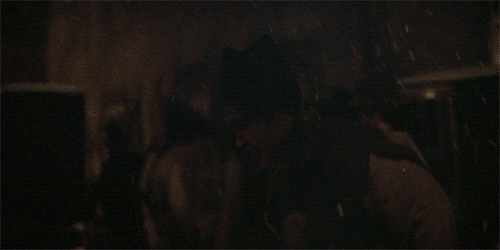

No comments:
Post a Comment